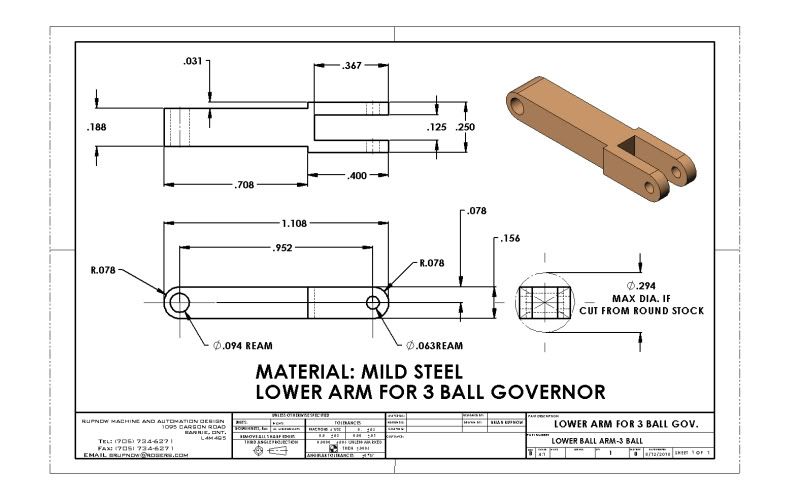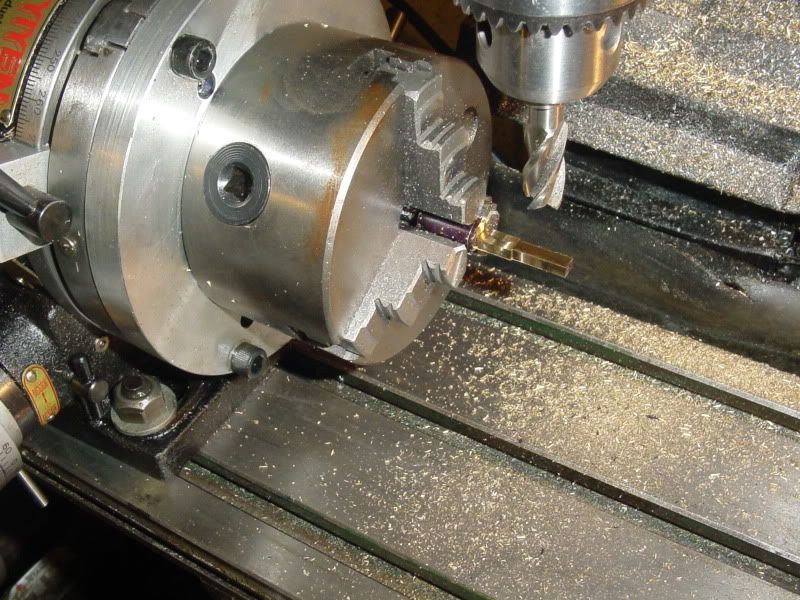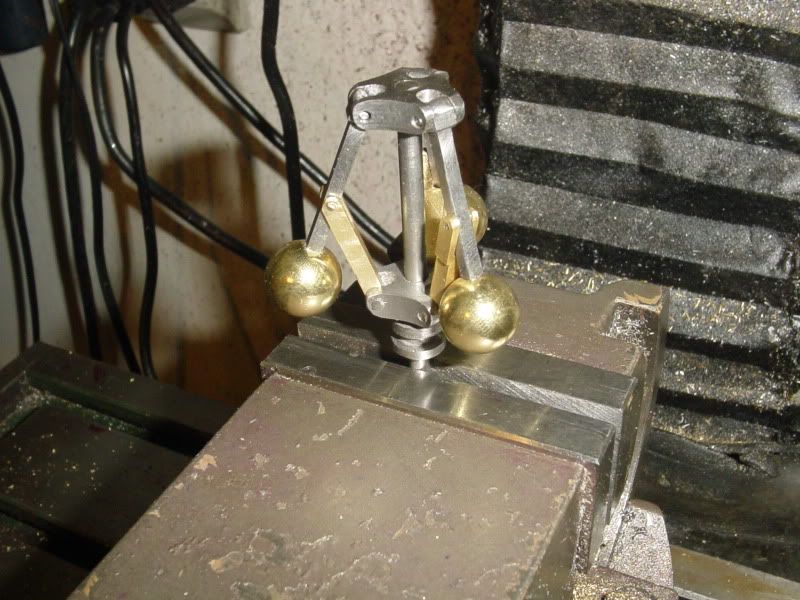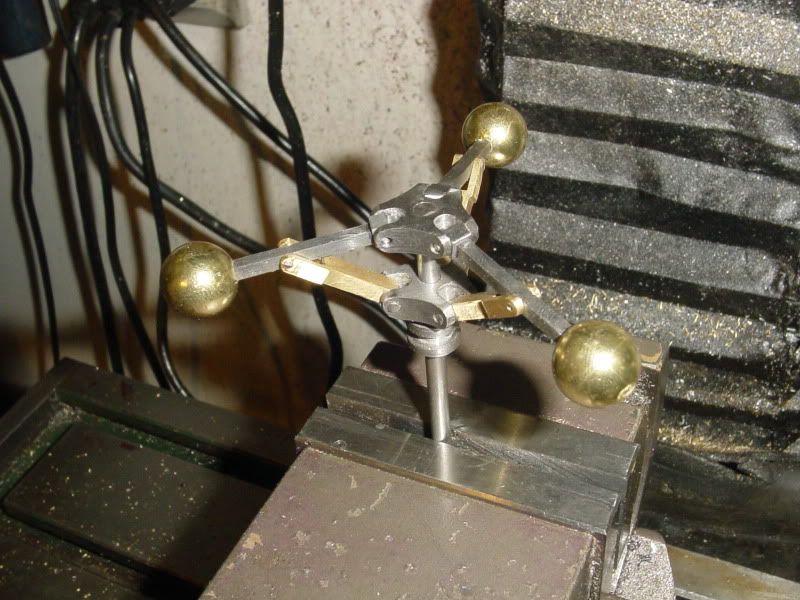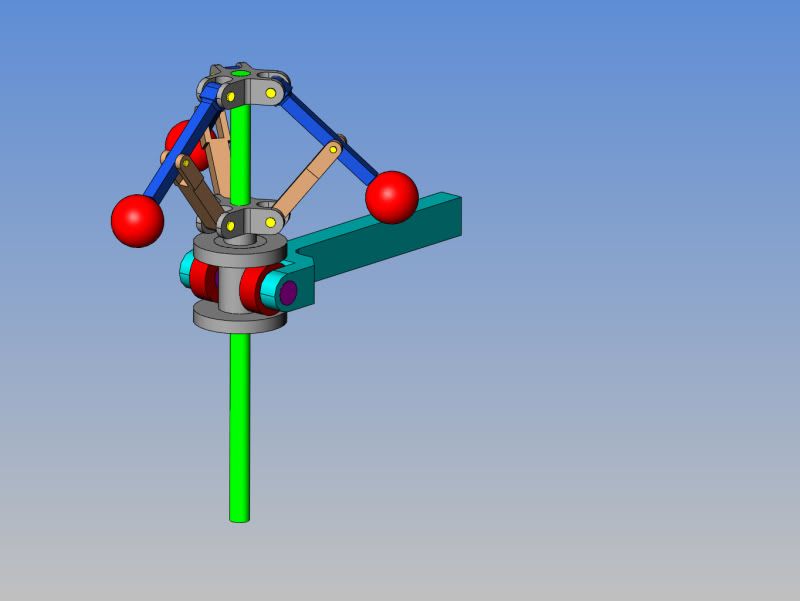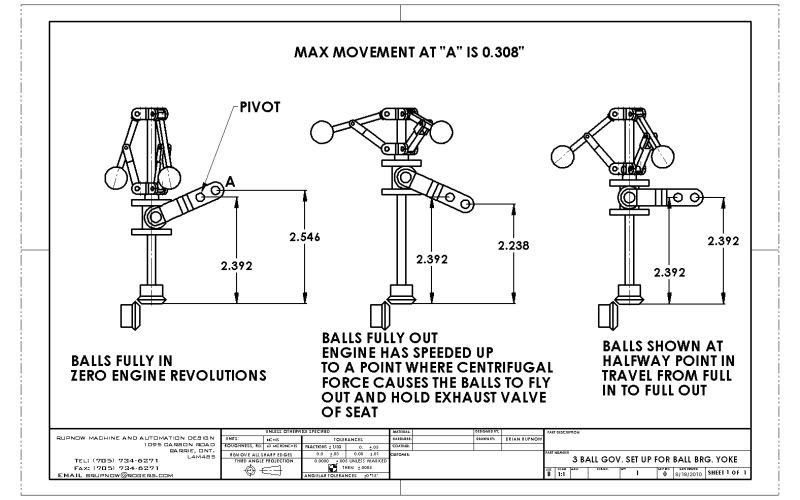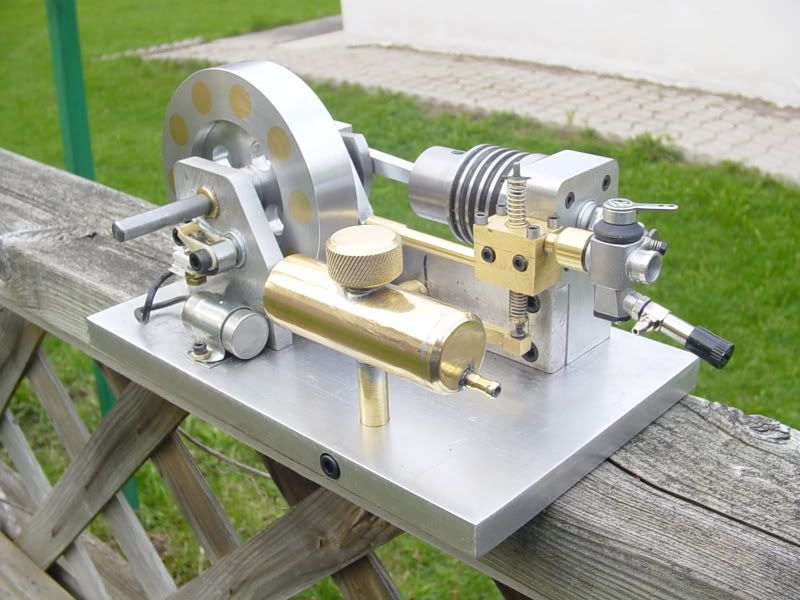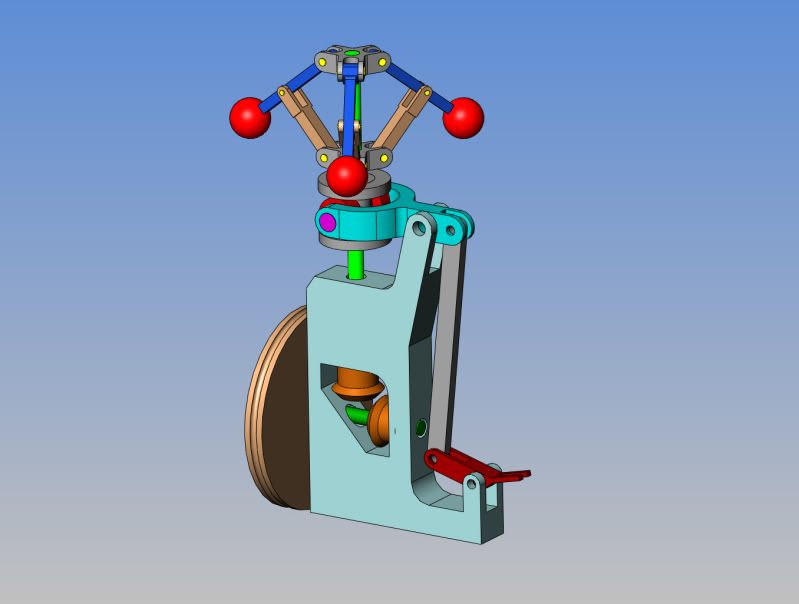radfordc said:
Dang...those things are still over 60C Rockwell hardness!
Seeing as how Brian has now finished with this post (unless more questions come along), this is what the heat treated bearings look like, after treating as I told you in my post.
Here are some softened ones in comparison to an original. Can you tell the difference?
And here they are after drilling, tapping and polishing. The 4BA are finished, and I am part way thru the 4mm. They take about 10 minutes each to get back to lustre, first a brass wire brush on the buffing machine, followed by a hard sisal mop with heavy cutting soap (these first two remove the black scale), then a stitched mop with heavy cutting soap, and finally an unstitched mop with a very fine buffing compound.
I don't re-harden them, so they will never regain that super high lustre, but I think that these are acceptable.
Bogs
I forgot to mention, you do lose something like 0.002" off the overall diameter, as when you heat them up, the surface oxidises (the black scale) and when you remove the oxidation, they are smaller.





